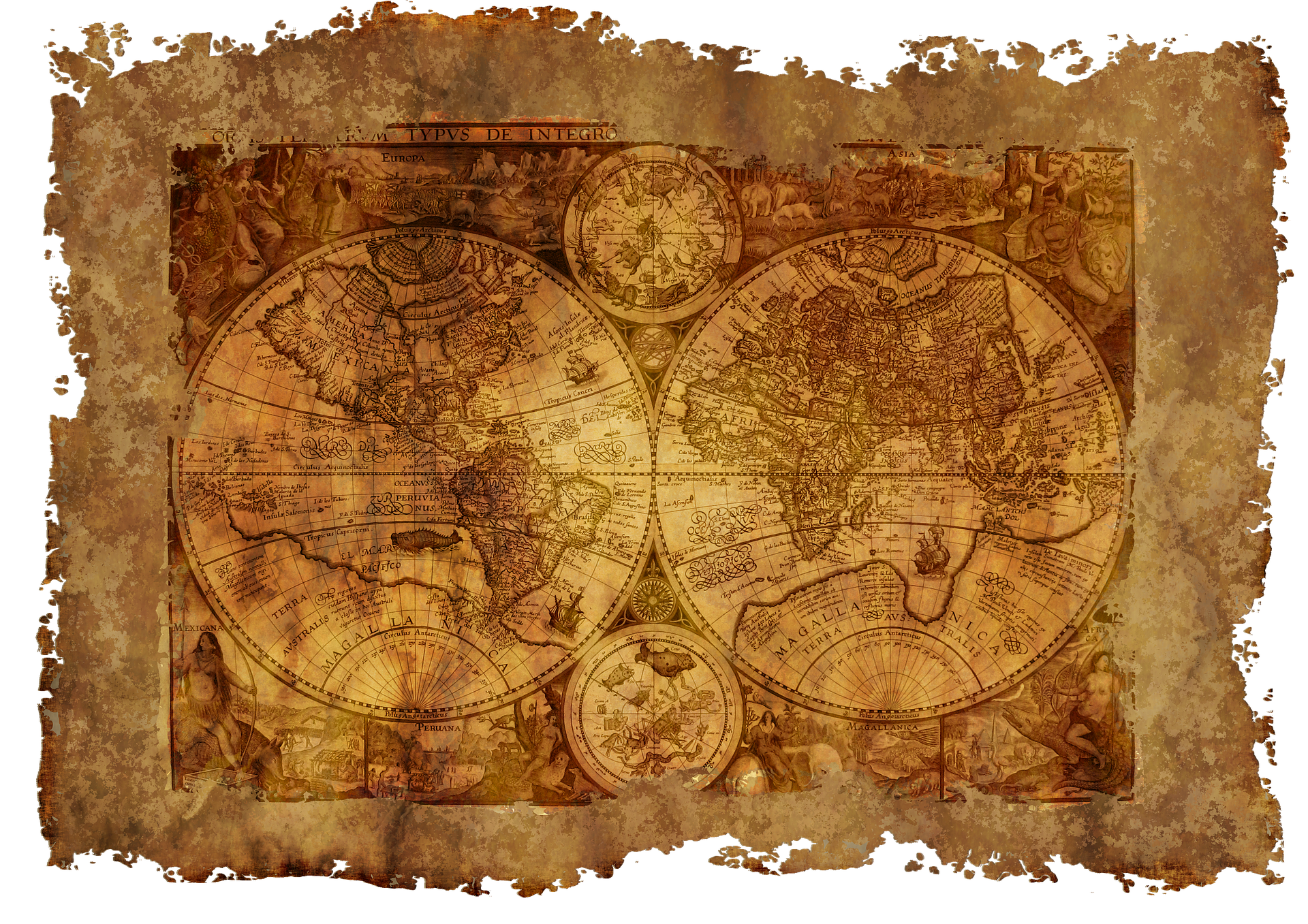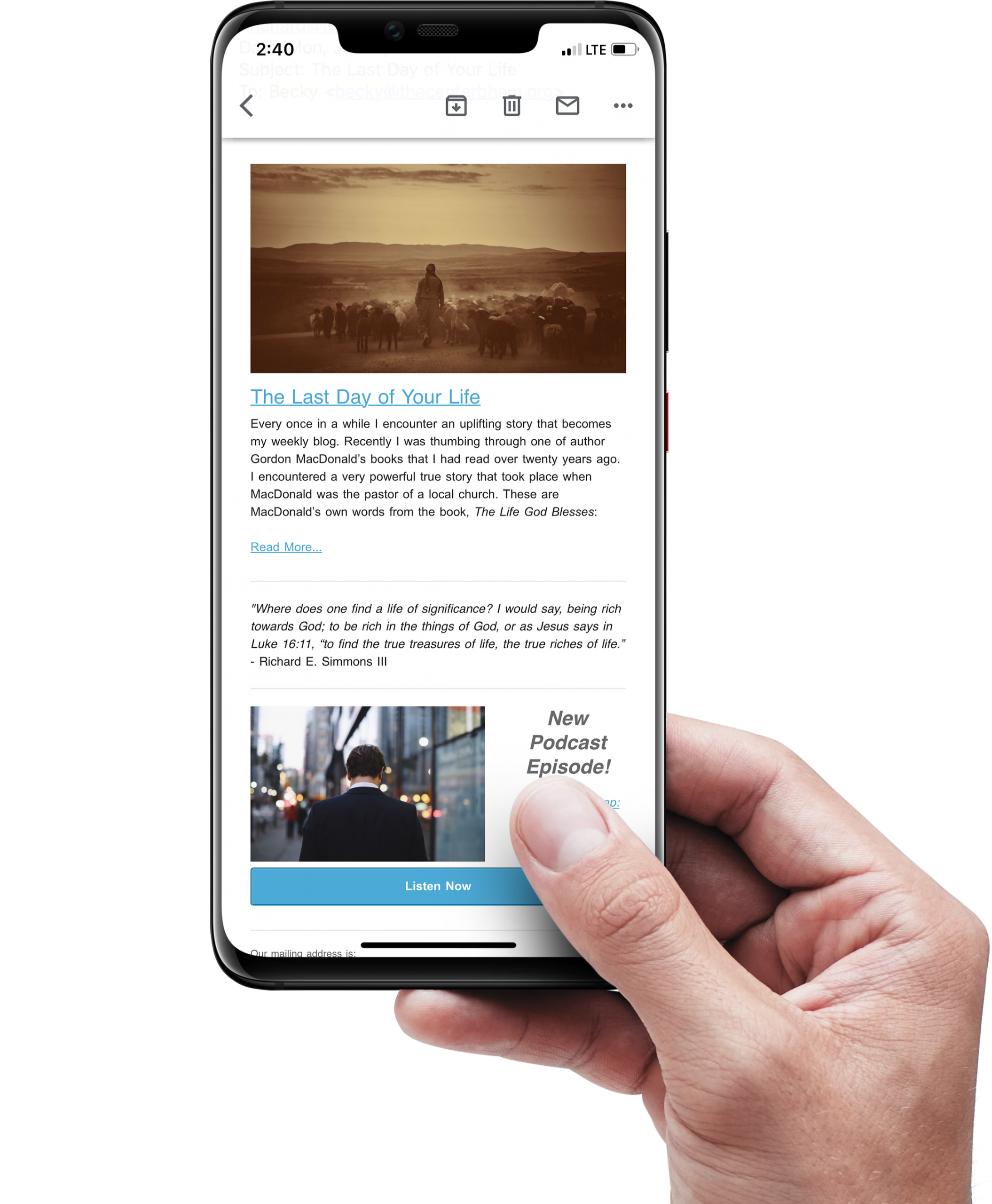

I recently read an interesting book titled, You Are What You Love by James Smith. In the book he tells us that what we love is aimed and oriented toward what we believe is the “good life.” This leads to the crucial question, how do the loves of my heart actually get aimed and directed?
Smith also rightly points out that you can’t not love. He explains: “It’s why the heart is the seat and fulcrum of the human person, the engine that drives our existence.”
The problem with us as humans is that we do not necessarily love the right things. The Bible teaches that God should be our first love and that we should orient our lives around Him and His will. This is the way we were designed to function. When the longings of our heart are aimed and directed elsewhere, the compass that directs our lives malfunctions giving us false bearings. We are walking in darkness, and when this happens the results can be disastrous.
Smith calls this “misorientation” and addresses the potential tragic consequence when we are misoriented and lost.
He shares a great illustration from the book In the Kingdom of Ice by Hampton Sides. It is a compelling account of the failed nineteenth-century polar expedition of the USS Jeannette, captioned by Lieutenant George De Long. It is a cautionary tale about the hazards of misorientation because of a mistaken map. De Long’s entire expedition rested on a picture of the (unknown) North Pole laid out in the (ultimately deluded) maps of Dr. August Heinrich Petermann. Petermann’s maps suggested a “thermometric gateway” through the ice that opened onto a vast “polar sea” on the top of the world—a fair-weather passage beyond all the ice. De Long’s entire expedition was staked on these maps.
But it turned out he was heading to a world that didn’t exist. As perilous ice quickly surrounded the ship, Sides recounts, the team had to “shed its organizing ideas, in all their unfounded romance, and to replace them with a reckoning of the way the Arctic truly is.”
Dr. Scott Peck, in his best-selling book, The Road Less Travelled believes the best way to understand life is to see it in terms of a map. He says:
Our view of reality is like a map with which to negotiate the terrain of life. If the map is true and accurate, we will generally know where we are, and if we have decided where we want to go, we will generally know how to get there. If the map is false and inaccurate, we generally will be lost.
In our work here at The Center we so often see people who are attempting to live their lives with maps that are entirely inaccurate. In the process they end up with false ideas about how life works and as a result their lives end up in a ditch.
James Smith offers these insightful words:
Our culture often sells us faulty, fantastical maps of “the good life” that paint alluring pictures that draw us toward them. All too often we stake the expedition of our lives on them, setting sail toward them with every sheet hoisted. And we do so without thinking about it because these maps work on our imagination, not our intellect. It’s not until we’re shipwrecked that we realize we trusted faulty maps.
What map are you following as you seek to navigate this life? How well is it working out for you?
Jesus addresses this issue in Luke 11:34-36.
The lamp of your body is your eye; when your eye is clear, your whole body is also full of light; but when it is bad, your body is also full of darkness. Then watch out that the light in you may not be darkness. If therefore your whole body is full of light, with no dark part in it, it shall be wholly illumined, as when the lamp illumines you with its rays.
For years I would read these passages and had no idea what Jesus was talking about. One day I decided to do some research, and after consulting with a Greek scholar, I learned that the word “eye” is your perception of reality. It is the lens through which you see life. Some call it a paradigm or worldview. The word we most often use to describe this is “perspective.”
Jesus is telling us our perspective can be rooted in what is true or what is false. If it is rooted in the truth you will have the right map and your life will be full of light and vibrancy. It leads to your well-being.
On the other hand, if it is rooted in falsehood your map will be untrue. Your life will be full of darkness and you will not only be lost, but will stumble, struggle and eventually fall.
Then, in verse 35, Jesus says to watch out and make sure that the light you think you have is not darkness. In other words, it is very easy to think you have life figured out and that your map is accurate, only to find that your perception of reality is false. Unfortunately, most people do not figure this out until their life becomes a train wreck.
How have you developed your perspective on life? What has had the greatest influence on your map and your view of reality? Jesus makes it clear that it must be rooted in the truth of God’s word. It is only then that you will find yourself heading in the direction that will lead to your ultimate good and well-being.
Richard E Simmons III is the founder and Executive Director of The Center for Executive Leadership and a best-selling author.
Add grace and understanding to your day with words from Richard E. Simmons III in your inbox. Sign-up for weekly email with the latest blog post, podcast, and quote.

Bulk discounts for 25 or more books! Call 205-789-3471 for prices.
For local orders in the Birmingham, AL area, enter Promo Code LOCAL at checkout to save shipping. We will email you when your order is ready for pickup.